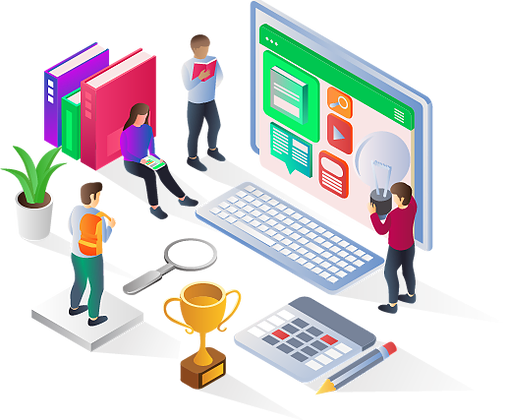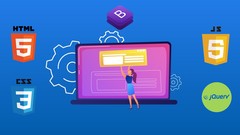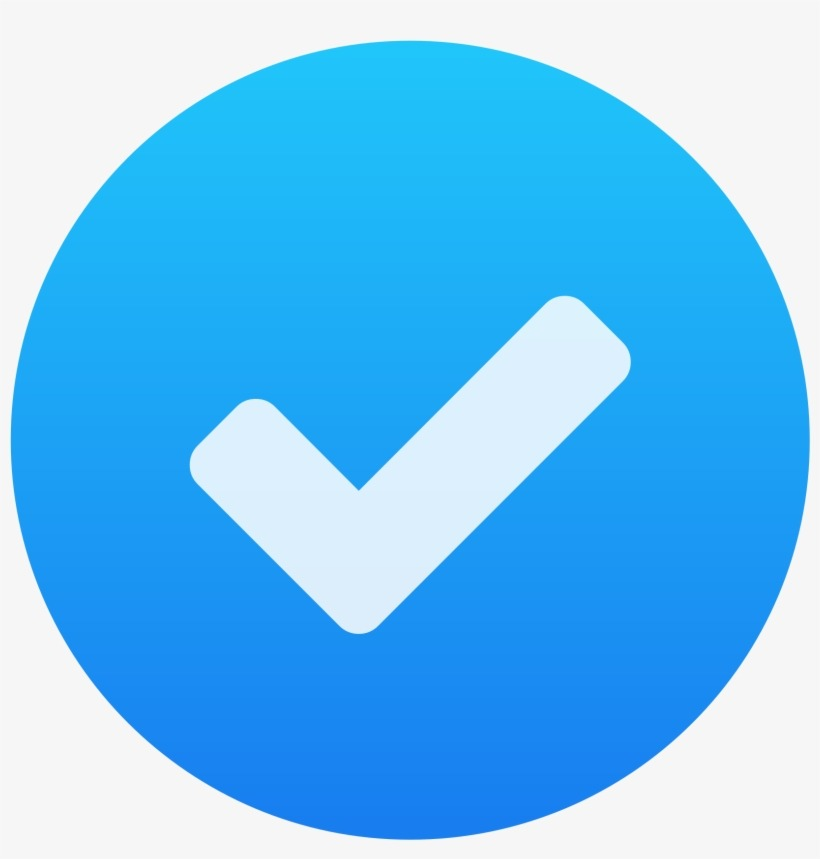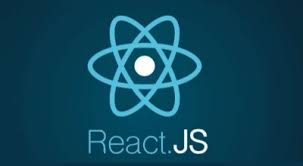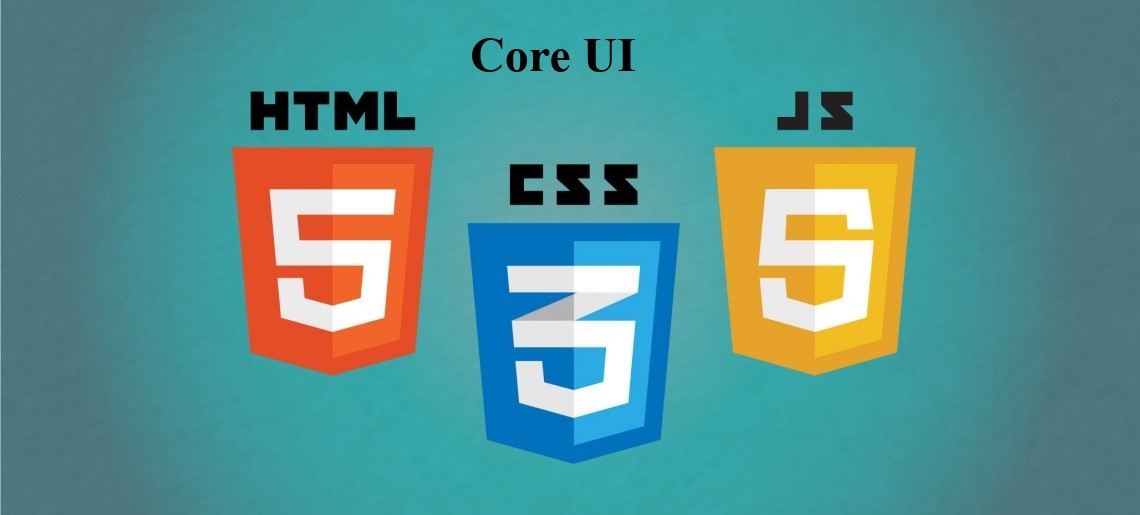- Introduction
- What is Mean Stack
- What is JSON
- JSON Syntax
- Creating a JSON document
Advanced UI
The user interface (UI) is the point of human-computer interaction and communication in a device. This can include display screens, keyboards,and a mouse.
 (325) Ratings
(325) Ratings
